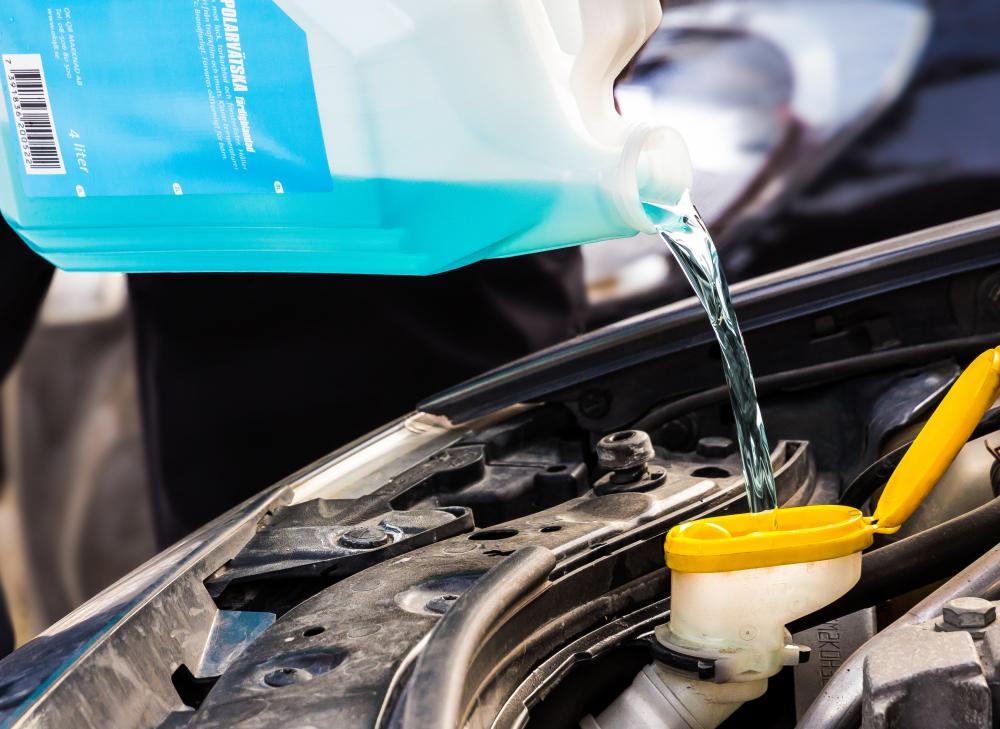The Service Technician’s Guide to Tractor Repair
This manual covers everything you need to know about repairing a tractor. It has everything from service intervals to electrical troubleshooting. The service intervals are typically measured in hours, but if the tractor is older, you can estimate how long it’s been operating. In addition, many tips for tractor repair can help avoid costly mistakes.
Maintenance intervals
Tractors play an important role in agriculture, but it is not an exception to the need to conduct regular maintenance intervals. Manufacturers and dealers provide tractor manuals on how to maintain a tractor. Proper maintenance is essential for efficiency and longevity, and a knowledgeable mechanic can do it effectively at a reasonable cost. Maintenance intervals vary by make and model, and the best way to know your tractor’s current oil level is to check it after the engine has cooled down. Then, check the water and oil levels according to your specific requirements.
Changing the oil is another essential maintenance task. Tractor owners should change the oil every 1,000 hours and regularly check the antifreeze’s performance. In addition, lubricating internal parts will reduce friction. Regardless of tractor type, a dealership can inspect and maintain the most intricate machinery. Additionally, it’s essential to keep clean air, as dust can strain the tractor’s engine and reduce its performance.
Spraying lubricant
Regarding tractor repair, spraying lubricant can be a critical part of the process. It can prevent regions from seizing, protect against moisture, and attack existing corrosion. Spraying lubricant is also an excellent way to avoid claims from rusting. Unlike grease, it doesn’t wash out or gunk up, so you can apply it without disassembling the parts.
In addition to engine oil, there are a variety of transmission and hydraulic oils available for various tractors. These fluids are crucial to a tractor’s performance. Proper lubrication ensures that it runs smoothly, saves on operating costs, and increases equipment lifespan. Agricultural engine oils come in mineral, synthetic and semi-synthetic formulas. While you can do many of these maintenance tasks on your tractor, it is recommended to contact a professional when dealing with severe damage to the tractor.
If you are working on a tractor with many moving parts, applying heavy-duty grease is essential. High-quality grease resistant to heat and cold is necessary for tractor repairs. You should follow the manufacturer’s recommendations for grease on each component, including the brakes, clutch, and linkages. A good product is made especially for a tractor. Invest in a lubricant that is designed to last a long time.
Checking for electrical issues
Whether doing tractor repairs yourself or hiring a professional, check for electrical issues first. Electrical problems are caused by various situations, from drained batteries to faulty cables. While examining your tractor for electrical problems, ensure there’s no debris or buildup on the posts. If you suspect your tractor’s electrical system is not working correctly, you should schedule a service appointment with a professional.
To find electrical problems, check for wires, relays, or other components connected to the battery. This component is responsible for sending power to the battery. It also regulates the current to prevent overcharging and surging. For example, if your tractor’s regulator-rectifier fails, it will prevent the battery from receiving power or charging. The signs of regulator-rectifier failure are similar to bad batteries. A multimeter can help you determine whether these components have a problem.
Inspecting the cab
Before operating a tractor, commercial drivers must perform a pre-trip inspection of the tractor. The inspection must occur at the beginning of each workday before the driver picks up a new trailer and after each 10-hour break. Drivers must check the engine’s oil pressure and temperature gauges. Oil pressure should gradually increase, and the temperature gauge should steadily rise, indicating that the oil is within normal operating range.
Inspect the steering linkage, including the pitman arm, the drag link, and the tie rod. The steering linkage is connected to the lower and upper arms of the tractor by the tie rod, which is connected to the cab via ball joints and cotter keys. Safety equipment, such as door mirrors, turn signals, and brakes, are also crucial for ensuring a safe journey. Lastly, inspect the fuel tank and its gas cap to ensure it is properly sealed and does not leak any fuel.

